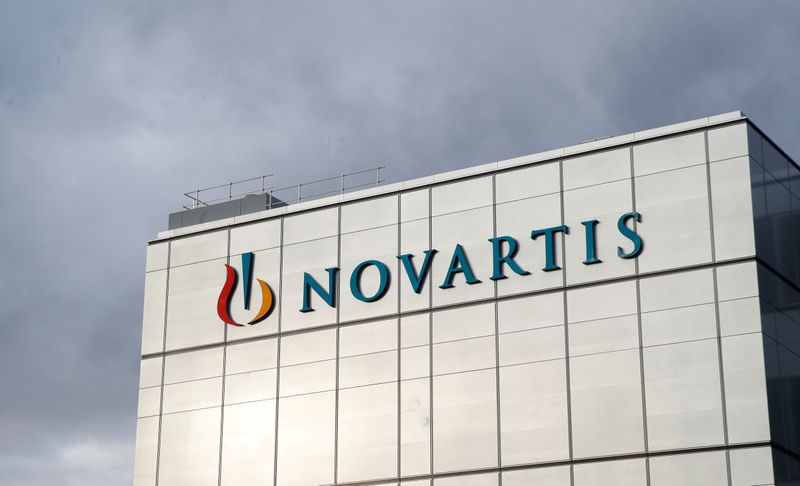This post was originally published on this site
https://i-invdn-com.akamaized.net/trkd-images/LYNXMPEFBJ0RZ_L.jpg
By Carl O’Donnell and Tamara Mathias
(Reuters) – Novartis AG (S:) has secured Medicaid coverage for a pricey new sickle cell disease therapy in two U.S. states just weeks after winning U.S. approval, following an early campaign to convince local officials of its value, according to a company executive and a Reuters review of public filings. The approvals from the Florida and Alabama Medicaid health programs for the poor and disabled mark exceptionally fast acceptance for the treatment, which can cost up to $113,000 annually for an individual patient, excluding discounts, said Ameet Mallik, who heads the Swiss drugmaker’s oncology division.
In November, the U.S. Food and Drug Administration approved Adakveo and Global Blood Therapeutic Inc’s (O:) Oxbryta, which carries a list price of $125,000 per year.
They are among the first therapies that aim to provide significant relief from painful symptoms or address the cause of sickle cell disease, a potentially lethal ailment in which deformed blood cells limit the oxygen supply to parts of the body.
Strong uptake by Medicaid programs is central to Novartis’ goal of making Adakveo a $1 billion drug, since a high percentage of sickle cell patients rely on the state-run health programs. Analysts at Cowen & Co forecast peak annual U.S. Oxbryta sales reaching $1.7 billion.
GBT spokesman Steven Immergut said some health plans, including private insurers as well as government-run Medicaid and Medicare, have started to cover Oxbryta on a case-by-case basis. The company said it has received positive feedback from payers in early discussions.
Depending on the state, Medicaid can take as long as 12-to-18 months to approve new medications, particularly expensive ones that put a strain on state budgets. GBT has said it expects most Medicaid programs to take at least three-to-six months to approve its drugs.
The majority of the nearly 100,000 people in the United States with sickle cell anemia are African American. Around 85 percent of sickle cell patients live in 17 U.S. states, including Florida and Alabama, and more than half are insured either by Medicare or Medicaid, according to Novartis and GBT.
‘HISTORIC TIME FOR THE SICKLE CELL COMMUNITY’ Adakveo is a biologic drug injected into patients several times each month to prevent the pain crises often associated with sickle cell disease.
Oxbryta is a once daily pill that treats the disease’s underlying cause by raising hemoglobin levels and preventing the breakdown of red blood cells into a sickle – or crescent moon – shape.
Their different impacts on the disease has raised the prospect that both drugs would be prescribed simultaneously, creating a greater cost burden to the U.S. healthcare systems. Florida approved the Novartis drug with a requirement that patients receive prior authorization from their physician, Mallik said, meaning that the state would review any prescriptions to make sure that patients meet certain criteria. Alabama approved it without restrictions, he added. Although state Medicaid programs cannot simply refuse to cover FDA-approved drugs, they can attempt to save money by moving slowly to place the drug on reimbursement formularies or by requiring patients to go through extra steps to obtain reimbursement. A Novartis cancer therapy, Kymriah, which costs as much as $475,000, is still not covered by Medicaid in every state despite having been approved two years ago, Mallik said.
Both Novartis and GBT began meeting with state Medicaid officials ahead of the FDA approvals to discuss the treatment and have advocated for its inclusion on formularies, or official reimbursement lists, both companies told Reuters.
“We have been meeting with both government and commercial payers for several months – initially educating about sickle hemoglobin polymerization and, more recently, about Oxbryta,” Immergut said. Patient advocacy groups, such as the state-level chapters of the Sickle Cell Disease Association of America (SCDAA), also are meeting with policymakers to encourage them to make the drug accessible to patients, said Biree Andemariam, the group’s chief medical officer.
“This is a really historic time for the sickle cell community,” she said. “Patients are ready to take advantage of these new treatments.”

